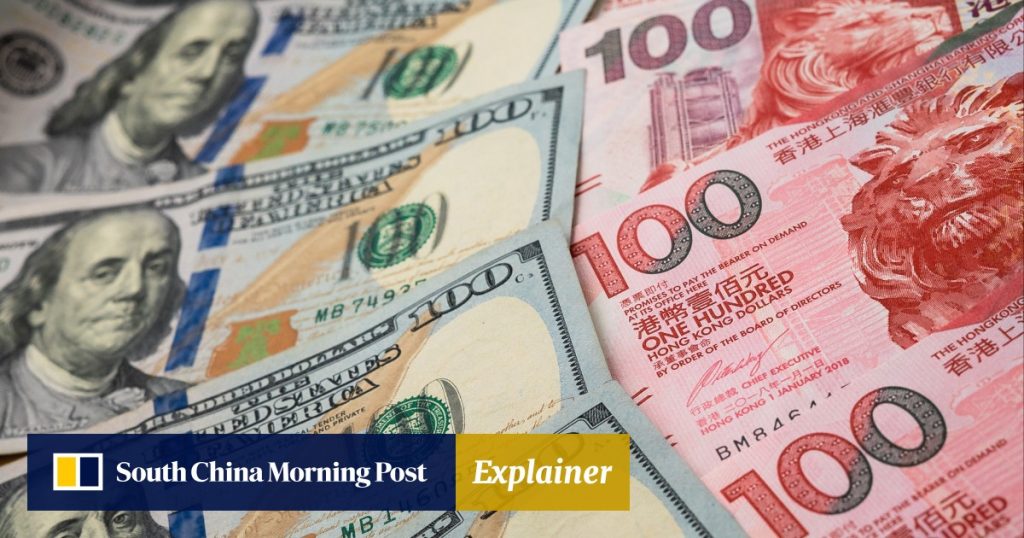The Hong Kong Monetary Authority (HKMA) intervened in the foreign exchange market over the past week to rein in the local dollar, spending a total of HK$129.4 billion to buy the equivalent US$16.7 billion worth of US currency amid an influx of capital.
Hong Kong has pegged its currency at HK$7.80 per dollar since October 1983 under the Linked Exchange Rate System, and allowed it to swing between HK$7.75 and HK$7.85 since 2005. It commits to sell Hong Kong dollars at the strong-side of the trading band, and to buy at the weak-side of the band.
Here’s why this is good for homebuyers and the broader economy in general.
How can the interbank rates drop in the coming days?
The four market interventions would raise the HKMA’s aggregated balance – a component of the monetary base – to HK$174.1 billion or almost four times the level before last Friday.
“The increased liquidity in the banking system will drive interbank rates lower and reduce the burden on mortgage borrowers or corporate borrowers who priced their loans against Hibor,” HKMA Chief Executive Eddie Yue Wai-man said, referring to Hong Kong interbank offered rates. “This will benefit the economy and businesses as a whole.”
The ratio of new mortgage loans priced with reference to Hibor stood at 91.3 per cent in December 2024, according to HKMA statistics.


